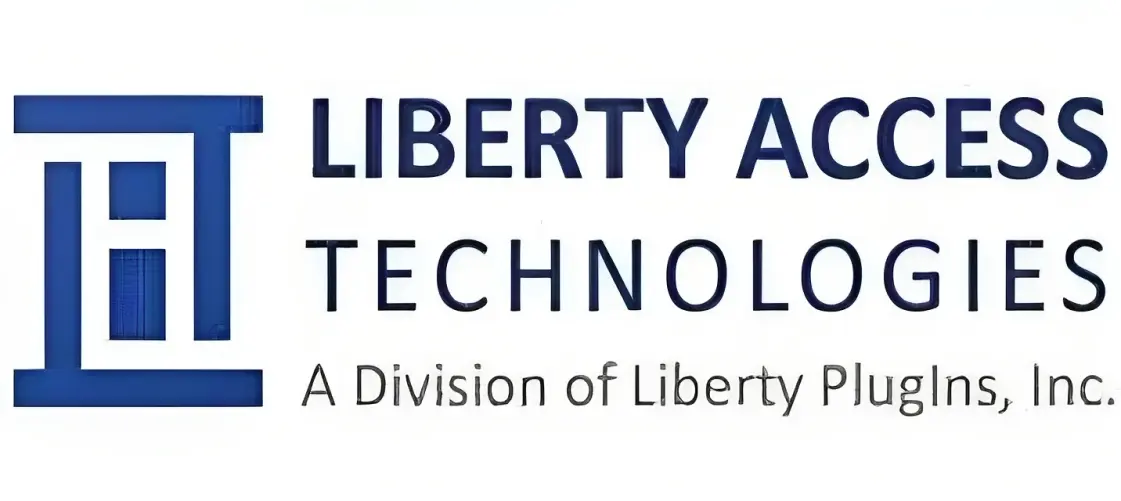- Home
- Public Chargers
- About
- >Products Access Only Keypad EV Charging CS Series EV Charger with Access Control HYDRA-R Multi-Charger Control System HYDRA-RX High Power Charger Control System Liberty Plugins Code Control Module (CCM) OCPP-Compliant DC Fast EV Chargers One-Time Use EV Charging Codes
- EVSE Rebates and Incentives
- Customers
- Products
- Access Only Keypad EV Charging
- CS Series EV Charger with Access Control
- HYDRA-R Multi-Charger Control System
- HYDRA-RX High Power Charger Control System
- Liberty Plugins Code Control Module (CCM)
- OCPP-Compliant DC Fast EV Chargers
- One-Time Use EV Charging Codes
- News
- Press Release
- Blog
- Contact Us

